MIC Gastric-Jejunal Tubes for Dual-Port Feeding Precision
Explore MIC Gastric-Jejunal Tubes with ENFit connectors—combining gastric decompression and jejunal feeding for optimal clinical outcomes.
Summary
MIC Gastric-Jejunal (GJ) Tubes are innovative dual-port devices that simultaneously decompress the stomach while delivering nutrition directly into the small intestine. These tubes are vital for patients who cannot tolerate gastric feeding due to reflux, delayed gastric emptying, or severe neurological disorders. In this guide, we explore the benefits, structure, and clinical value of Avanos MIC Balloon GJ Tubes—featuring ENFit connectors and balloon retention systems. Ideal for long-term use, they provide safe, effective, and comfortable enteral support in both paediatric and adult patients.
What Are MIC Gastric-Jejunal Tubes?
MIC Gastric-Jejunal Tubes are advanced enteral feeding tubes designed for patients requiring both gastric decompression and jejunal nutrition simultaneously. Inserted through an existing gastrostomy stoma, these tubes feature dual lumens:
- Gastric lumen: for decompression or drainage of stomach contents
- Jejunal lumen: for direct feeding into the jejunum
These tubes are especially useful when gastric feeding leads to aspiration, intolerance, or poor absorption.
The Avanos MIC Balloon ENFit GJ Tubes available in 7–10 ml balloon sizes offer:
- Radiopaque materials for placement visibility
- Clearly marked insertion depths
- Medical-grade silicone construction
- ENFit connectors for enhanced safety
Ideal for both hospital and homecare settings, these tubes ensure dependable enteral access while reducing risks associated with conventional feeding methods.
Why Choose Avanos MIC Balloon ENFit GJ Tubes?
Avanos is a trusted name in enteral access technologies. Their MIC GJ Tubes combine smart engineering with patient-focused design. These tubes include:
- ENFit Connector System: As mandated by ISO 80369-3, ENFit connectors prevent misconnections between enteral and non-enteral systems. They provide a safer, more standardised approach to enteral access.
- Balloon Retention Mechanism: Medical-grade balloons keep the tube securely anchored in place, minimising displacement and improving overall user confidence.
- Dual-Lumen Functionality: Supports both nutrition delivery and gastric decompression in a single device, reducing the need for multiple tubes.
Key benefits of MIC GJ Tubes:
- Designed for long-term enteral feeding
- Simplifies management of complex nutritional needs
- Made from soft, biocompatible materials
- Minimises feeding-related complications
ENFit Safety: Why It Matters
ENFit connectors are a global initiative to standardise enteral feeding systems and eliminate wrong-route errors. Traditional luer-lock systems posed a significant risk of misconnections with IV, respiratory, or other non-enteral lines.ENFit features in MIC GJ Tubes include:
- Locking male/female ends specific to enteral devices
- Transparent, colour-coded ports for easy identification
- Secure connection reduces leakage and contamination
- Universal compatibility with ENFit-compliant syringes and accessories
The Avanos MIC Balloon GJ Tubes fully comply with ENFit standards, making them suitable for use across hospitals, aged care facilities, and in-home nutrition programs.
Clinical tip: Always use ENFit-compatible syringes and extension sets to maintain safety integrity.
Featured Products
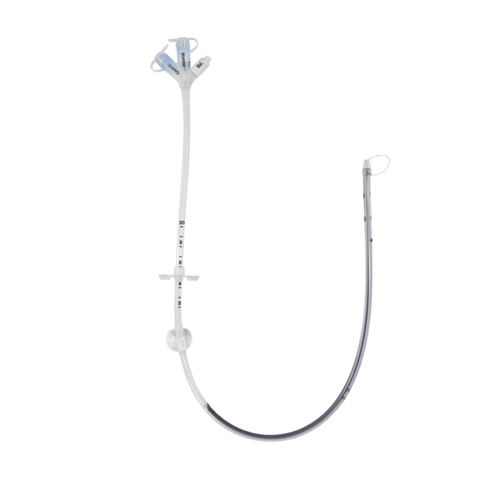
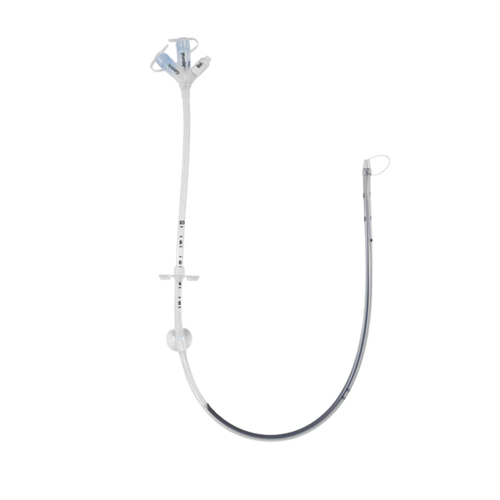
Indications and Ideal Use Cases
MIC Gastric-Jejunal Tubes are clinically indicated in patients with:
- Severe reflux or aspiration risk
- Delayed gastric emptying (e.g. due to gastroparesis)
- Post-surgical GI conditions
- Cerebral palsy or neurological swallowing disorders
- Intractable vomiting or malabsorption syndromes
In these cases, GJ tubes ensure:
- Continuous jejunal feeding even when gastric feeding is not tolerated
- Ongoing decompression of stomach contents to prevent nausea, bloating, and aspiration
- A more comfortable and discreet feeding experience, especially in long-term care settings
Procedure note: MIC GJ Tubes are typically inserted under fluoroscopic or endoscopic guidance. Radiopaque markers ensure correct positioning and help monitor for dislodgement.
Tips for Caregivers and Clinical Staff
Effective care and maintenance of MIC GJ Tubes are essential for patient safety and comfort. Here are a few best practices:
- Daily Stoma Care
- Clean with warm water and gentle soap
- Monitor for redness, leakage, or granulation tissue
2. Routine Flushing
- Use ENFit syringes to flush the jejunal lumen before and after feeding
- Maintain patency and prevent clogging with sterile water flushes (usually 30–60 mL)
3. Balloon Checks and Replacement
- Monitor balloon volume regularly and top up with sterile water if required
- Replace balloon tubes every 3–6 months or as per clinician instructions
4. Secure Tubing
- Use hypoallergenic tape or dedicated securement devices
- Avoid tension or tugging to reduce risk of dislodgement
Avanos also offers a range of accessories compatible with MIC GJ Tubes, including extension sets, clamps, and feeding syringes for holistic care.
Conclusion
MIC Gastric-Jejunal Tubes offer a clinically effective and patient-friendly approach to complex enteral feeding needs. The Avanos MIC Balloon ENFit GJ Tubes, available in a variety of sizes and balloon capacities, are designed with safety, reliability, and user comfort in mind. Whether managing paediatric patients with neurological disorders or adults recovering from gastrointestinal surgery, these tubes provide a dependable solution.
With dual-port functionality and ENFit compatibility, MIC GJ Tubes simplify enteral nutrition while meeting the highest global standards for safety and efficiency.
Looking for a safer, smarter way to deliver dual-port nutrition?
Browse our full range of MIC Gastric-Jejunal Tubes from Avanos—available in ENFit-ready formats for complete peace of mind.
📞 Call 1300 615 193 or order online at our website.
MIC gastric jejunal tubes are dual-port enteral feeding devices designed to deliver nutrition directly into the jejunum while allowing gastric decompression from the stomach. Ideal for patients who cannot tolerate gastric feeding alone, these tubes support safer long-term nutrition with reduced reflux and aspiration risk. Featuring balloon retention and ENFit connectors, MIC gastric jejunal tubes are trusted in Australian hospitals, aged care facilities and home enteral nutrition programs.
Items included in this collection:
• MIC gastric jejunal tubes with dual gastric and jejunal ports
• Balloon-retained GJ tubes for secure placement
• ENFit-compatible connectors (ISO 80369-3 compliant)
• Multiple French sizes for paediatric and adult patients
• Soft, medical-grade silicone construction
• Radiopaque tubing for placement verification
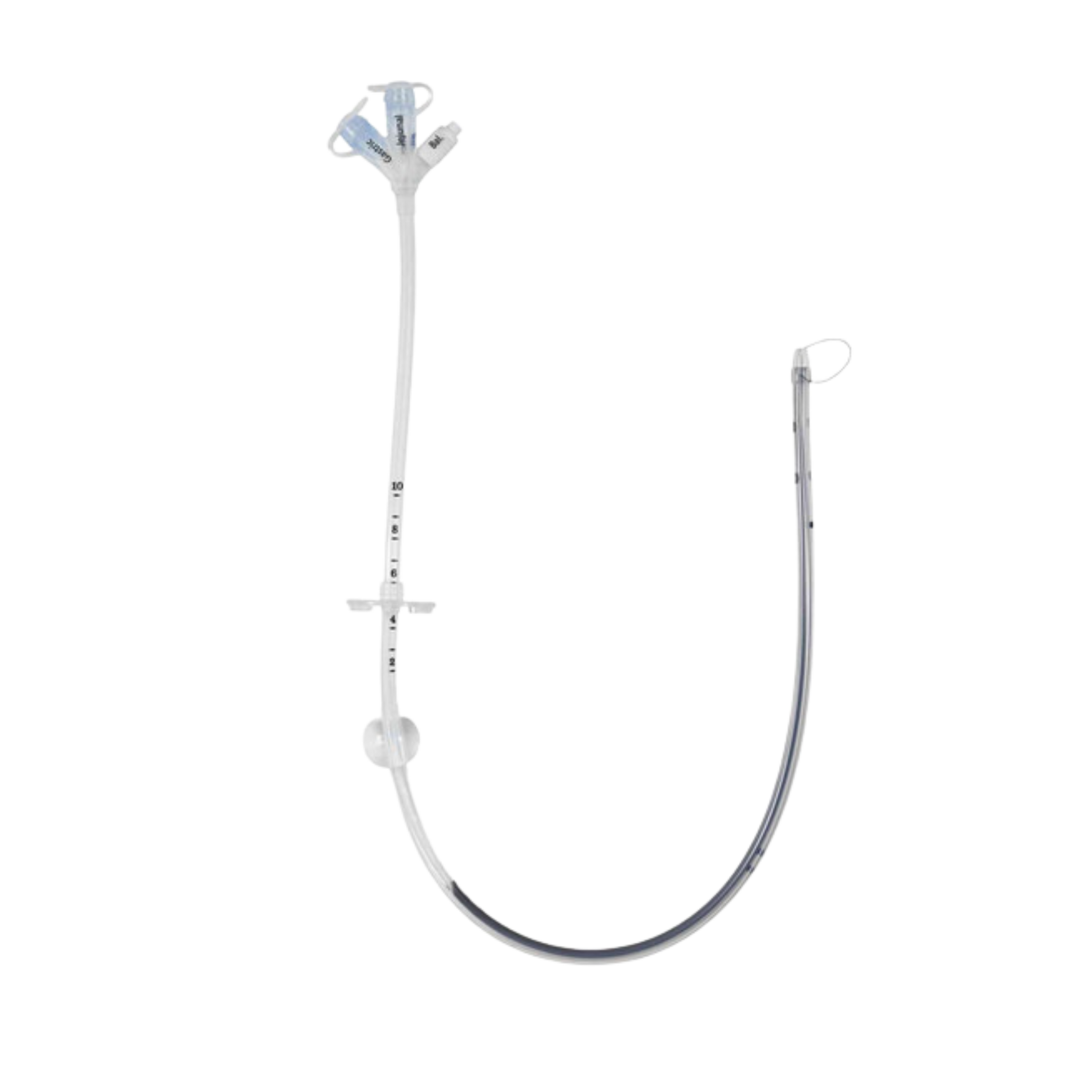

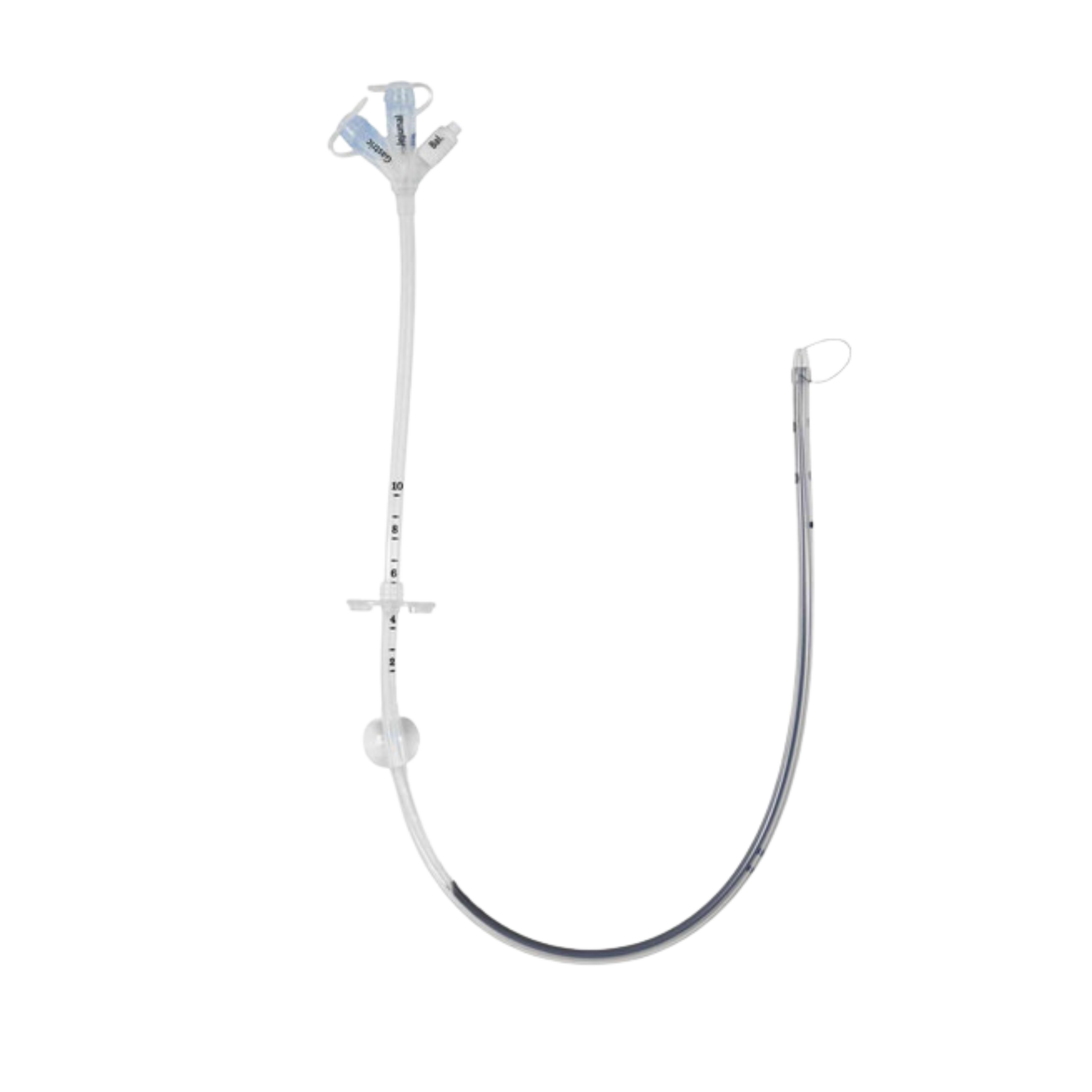
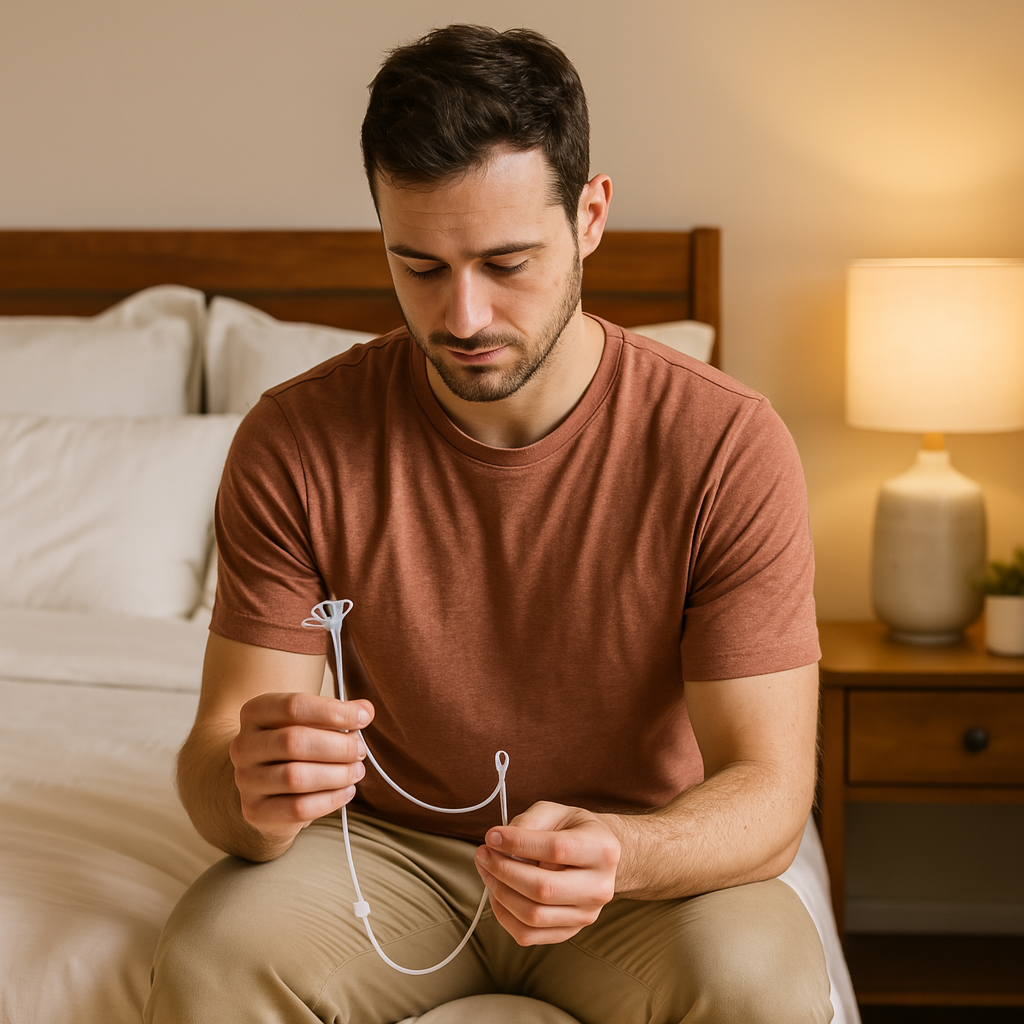
Recently viewed
FAQs
It allows jejunal feeding while decompressing the stomach, ideal for reflux, gastroparesis and aspiration risk.
GJ tubes feed into the jejunum and drain the stomach, while G-tubes feed into the stomach only.
Yes. They use ENFit connectors to prevent misconnection and improve enteral feeding safety.
Yes. With clinical training and routine care, they are suitable for long-term home enteral feeding.
